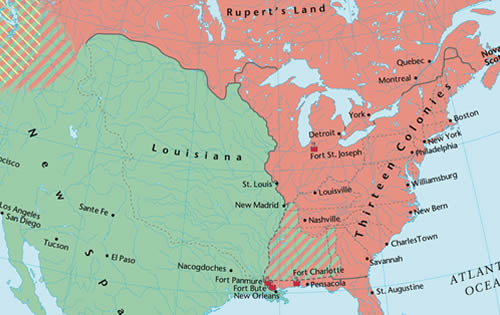In the annals of history, few events have left a mark as profound and enduring as the Scramble for Africa. Like a tumultuous storm, European powers descended upon the continent in the late 19th century, carving it up into territories, colonies, and spheres of influence. The Scramble for Africa Map stands as a stark testament to this era of imperialism, exploitation, and upheaval.
The Birth of Imperialism:
The 19th century witnessed an unprecedented surge in European imperialism, driven by economic, political, and ideological motivations. Industrialization fueled the demand for raw materials and new markets, while national rivalries and the pursuit of prestige compelled European powers to expand their empires. Africa, with its vast resources, strategic importance, and perceived inferiority, became the prime target.
The Berlin Conference:
In 1884-1885, the infamous Berlin Conference was convened, ostensibly to regulate European colonization and trade in Africa. However, the conference was nothing short of a diplomatic charade, with no African representatives present. European powers, led by figures like Otto von Bismarck, effectively partitioned Africa among themselves, drawing arbitrary borders that paid little heed to historical, cultural, or ethnic realities.
The Scramble Unfolds:
Armed with the legitimacy of the Berlin Conference, European powers embarked on a frenzied race to claim African territories. Britain, France, Germany, Belgium, Portugal, Italy, and Spain were among the primary contenders, each vying for dominance and expansion. Maps were drawn, treaties were signed (often under duress or deceit), and colonial administrations were established.
The Scramble for Resources:
The allure of Africa lay in its abundant natural resources: gold, diamonds, rubber, ivory, and later, oil. European powers exploited these riches with ruthless efficiency, employing forced labor, coercive systems, and brutal suppression to extract wealth from the continent. The consequences were dire for African societies, as traditional economies were disrupted, cultures eroded, and populations decimated by violence, disease, and famine.
Resistance and Resilience:
Yet, amidst the onslaught of imperialism, African societies did not passively succumb. Throughout the continent, resistance movements emerged, led by charismatic leaders such as Samori Touré, Menelik II, and Yaa Asantewaa. These figures rallied their people against colonial oppression, employing various tactics ranging from guerrilla warfare to diplomatic maneuvering. While many resistance efforts were ultimately crushed, they left an indelible mark on African consciousness and contributed to the eventual wave of decolonization in the 20th century.
Legacy and Repercussions:
The legacy of the Scramble for Africa reverberates to this day. The arbitrary borders drawn by colonial powers continue to shape the political landscape of Africa, often fostering ethnic tensions, territorial disputes, and governance challenges. Economic disparities persist between former colonies and their former colonizers, perpetuating patterns of dependency and inequality. Moreover, the scars of colonialism endure in the form of systemic racism, cultural imperialism, and social injustice.
Reflection and Reckoning:
The Scramble for Africa Map serves as a stark reminder of humanity's capacity for exploitation and injustice. It prompts us to reflect on the legacies of imperialism and colonialism, to confront the injustices of the past, and to strive for a more equitable and just future. It underscores the importance of acknowledging historical wrongs, amplifying marginalized voices, and fostering genuine dialogue and reconciliation.
Conclusion:
The Scramble for Africa Map is not merely a relic of the past; it is a living testament to the enduring impact of imperialism on the African continent and beyond. It challenges us to confront uncomfortable truths, to grapple with complex legacies, and to work towards a world where the scars of colonialism are healed, and the dignity and sovereignty of all peoples are respected. Only through such reckoning and reflection can we truly honor the resilience and resistance of those who endured the ravages of the Scramble for Africa.





Comments